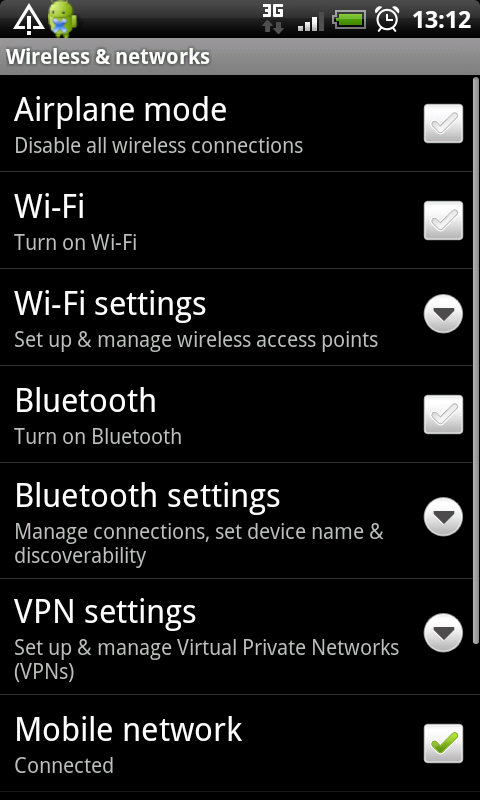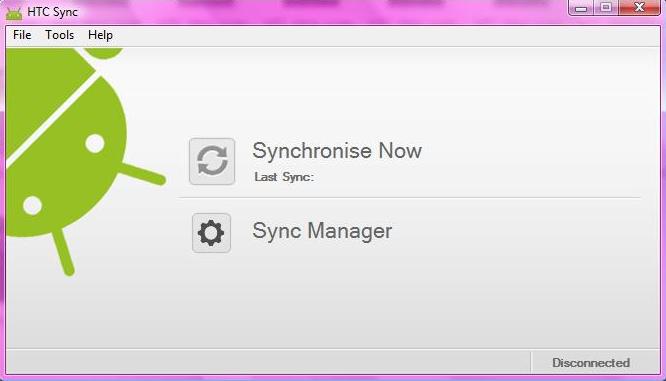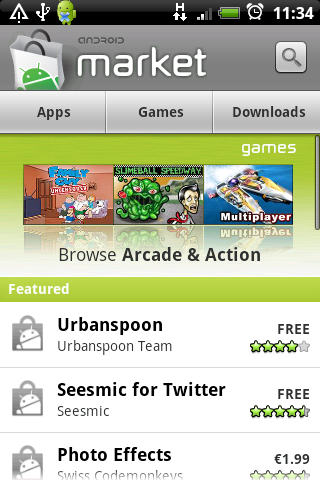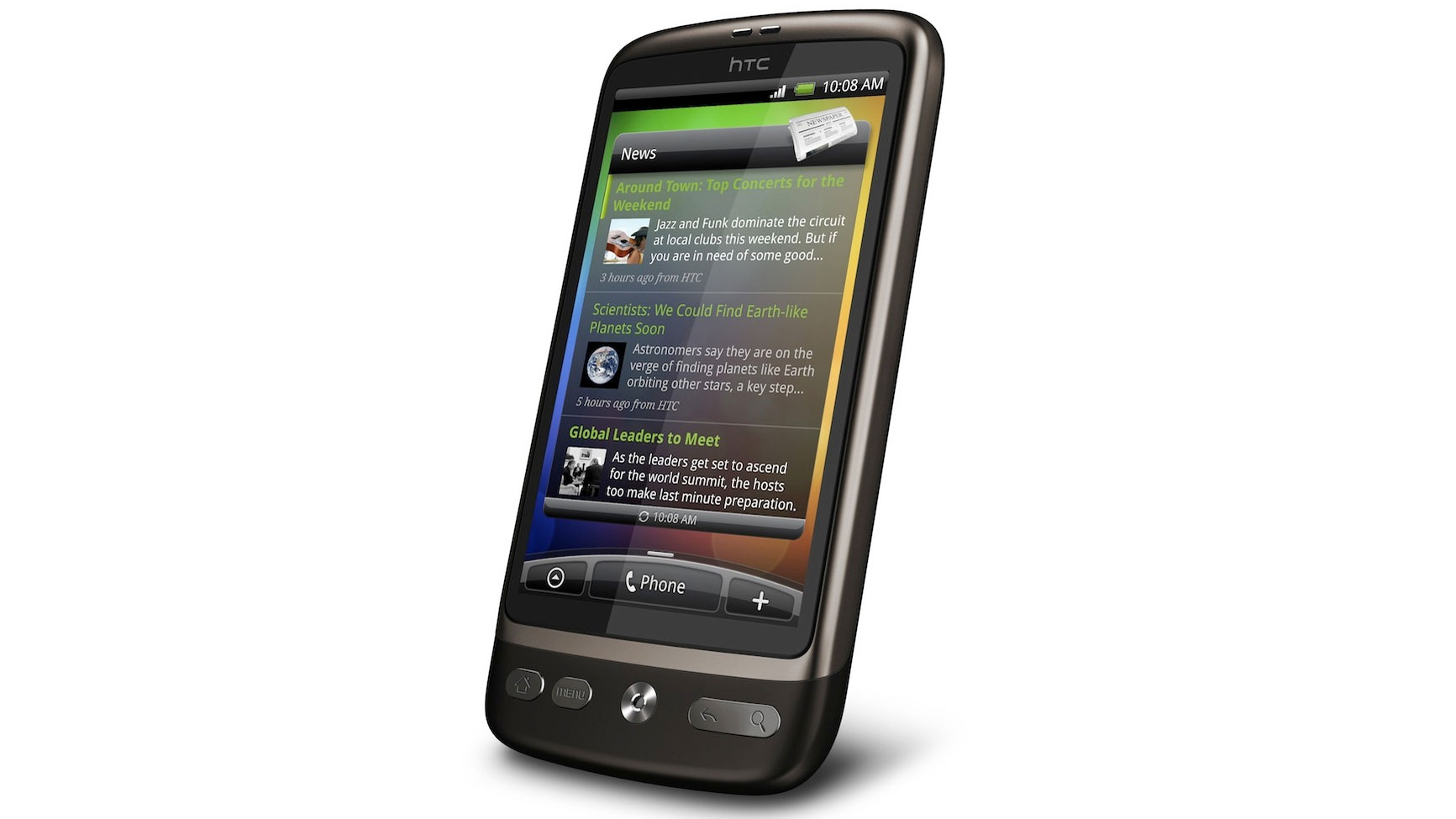Why you can trust TechRadar
The HTC Desire packs the usual range of Android connectivity - Wi-Fi b/g, Bluetooth 2.1 with A2DP, aGPS, 7.2Mbps HSDPA - the works.
The Wi-Fi is as good to set up as ever, and whenever you walk into range of a remembered network the HTC Desire will automatically connect.

It's better at maintaining signal than the HTC Legend, which as we mentioned before had a few issues connecting to Wi-Fi on the odd occasion.
Bluetooth is similarly good, with both methods of connection offering the same easy to use UI - basically turn it on and a list of connections pops up.
Simply tapping on these will link you in - no faffing about with separate screens for passwords or codes, it's all done on the same screen and once connected, Bluetooth will also auto-connect with devices in range.
GPS as we mentioned before is solid, allowing you to not only flick around Google Maps with ease but also geo-tag your photos in you're into that kind of thing.

The PC software was once again not present - downloading HTC Sync found the phone and registered it under the Desire name, but failed to synchronise or connect to actually back up the data.
Sign up for breaking news, reviews, opinion, top tech deals, and more.
At least you can perform this function on the phone by backing up data to the memory card - that way if the phone crashes and loses all its data (or you delete something important in a drunken fug) you can back it up.
Apps
There are a variety of applications offered on the phone from the start, such as Facebook, a desk clock, PDF and QuickOffice as well as a motion-sensitive game in Teeter (which is a lot like labyrinth).
But the Application Store is becoming a real force in the mobile applications space - it may only have 25% of the applications that are present on the Apple App Store at the moment, but Google has promised that it will have 130,000 apps on its books by the end of 2010.

This means it will have more than enough apps to keep you occupied - and means that most of the big brands will probably have brought an application to the Android as well.
Considering that most will have this phone for two years, the fact the application Market might not be as well populated as the App Store isn't as big a deal - there are a lot of applications missing at the moment, but that will likely change in the next few months.
One of the problems is still not being able save applications to memory card - this means developers have to make games small, and therefore low function.
This should change in a near-future update to Android, thus opening up the application Market to a wider range of developers, and making applications a lot more interesting.
Current page: HTC Desire: Connection and applications
Prev Page HTC Desire: Battery life and Maps Next Page HTC Desire: Benchmarks
Gareth has been part of the consumer technology world in a career spanning three decades. He started life as a staff writer on the fledgling TechRadar, and has grew with the site (primarily as phones, tablets and wearables editor) until becoming Global Editor in Chief in 2018. Gareth has written over 4,000 articles for TechRadar, has contributed expert insight to a number of other publications, chaired panels on zeitgeist technologies, presented at the Gadget Show Live as well as representing the brand on TV and radio for multiple channels including Sky, BBC, ITV and Al-Jazeera. Passionate about fitness, he can bore anyone rigid about stress management, sleep tracking, heart rate variance as well as bemoaning something about the latest iPhone, Galaxy or OLED TV.
